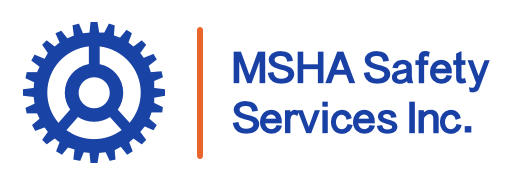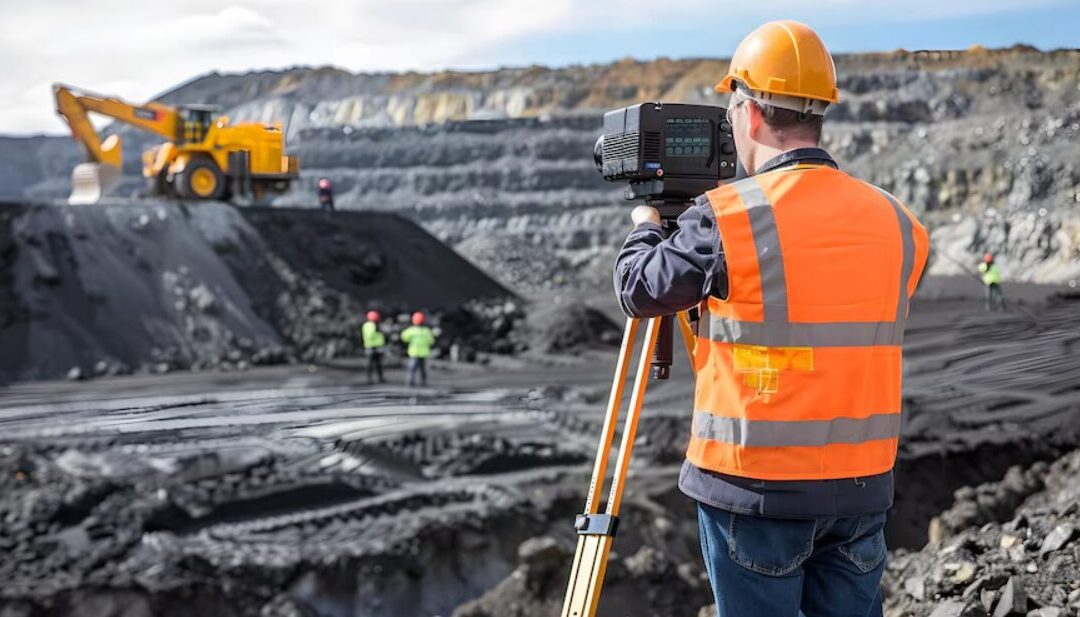Mining operations are subject to strict safety regulations to ensure the protection of workers and compliance with legal standards. Mine operators can keep workers safe—and avoid penalties—when they understand how a Mine Safety and Health Administration (MSHA) safety audit works
Key Responsibilities of MSHA Auditors
MSHA safety audits involve several critical responsibilities:
- Inspection and Evaluation: Auditors inspect mining operations to evaluate compliance with MSHA regulations.
- Assessment of Safety Procedures: They review safety procedures, equipment maintenance records, and employee training programs.
- Incident Investigation: Auditors investigate any incidents or accidents to determine their causes and prevent future occurrences.
Types of MSHA Safety Audits
MSHA conducts various types of audits to enforce safety protocols in mining operations. These audits are categorized based on their focus and scope, each serving a specific purpose in assessing safety measures and practices. The types include:
- Regular Inspections
- Special Investigations triggered by incidents or complaints
- Comprehensive Audits that evaluate overall safety compliance
MSHA inspects each underground mine four times a year and each surface mine twice a year. Preparation for an MSHA safety audit is a meticulous process and begins well in advance. It involves gathering extensive documentation, such as safety manuals, training records, incident reports, and maintenance logs. Employees and management undergo rigorous training to ensure they understand safety protocols. Employees are prepared for audit interviews and inspections.
The Audit Process
MSHA safety audits involve a thorough review of documentation, physical inspections of equipment and facilities, and interviews with personnel to assess safety practices and adherence to standards. During audits, inspectors meticulously examine safety measures such as ventilation systems, emergency response plans, hazard controls, and personal protective equipment (PPE). They assess the effectiveness of these measures in mitigating workplace hazards and protecting workers from potential accidents or health risks.
The audit process also includes a review of compliance with specific MSHA regulations, such as those governing hazardous materials handling, electrical safety, and mine ventilation. Inspectors compare current practices with regulatory requirements to identify areas of improvement and ensure corrective actions are implemented promptly.
Given that MSHA regulations are updated and revised regularly, staying informed of the latest changes is essential. For instance, the silica ruling has undergone significant updates in recent years. The new regulations have lowered the permissible exposure limit (PEL) for respirable crystalline silica, introduced more stringent requirements for dust control and monitoring, and emphasized enhanced training and medical surveillance for miners. These changes underscore the importance of regularly reviewing and adapting to updated standards to not only comply with MSHA standards but also effectively protect miners from the health risks associated with silica dust.
Unexpected Visits From MSHA
According to MSHA rules, providing prior notice of inspections is prohibited to ensure that audits reflect true, day-to-day workplace conditions. This prohibition is crucial for achieving unbiased inspections that accurately assess safety practices and operational compliance. The rationale behind this rule is to prevent mine operators from making temporary adjustments solely to pass the audit, thus protecting worker safety by maintaining consistent safety standards. Non-compliance with this regulation can result in serious legal repercussions, including fines and increased scrutiny, as it undermines the integrity of the safety inspection process.
On-Site Inspection
On-site inspections are a critical component of MSHA safety audits, providing inspectors with firsthand insights into workplace conditions and safety practices. Inspectors conduct detailed walkthroughs of mining facilities, observing operations and equipment to assess compliance with safety standards. They evaluate machinery for maintenance issues, check safety signage and barriers, and inspect storage areas for hazardous materials.
Interviews with employees and management are integral to the inspection process, allowing inspectors to gauge safety awareness and adherence to protocols. These interviews cover topics such as training received, incident response procedures, and employee involvement in safety programs. Insights gained from these interactions help identify strengths and weaknesses in safety culture and practices within the organization.
Data Collection and Reporting
MSHA safety audits prioritize unbiased assessments to accurately reflect workplace conditions and compliance with safety regulations. The agency prohibits advance notice of audits to ensure fair and objective evaluations. Inspectors meticulously collect data during audits, documenting findings related to safety violations, corrective actions, and compliance status.
Accurate reporting is crucial in MSHA audits, as it informs regulatory decisions and enforcement actions. Inspectors compile detailed reports outlining audit findings, including observations, violations, and recommendations for improvement. These reports serve as a roadmap for enhancing safety practices and maintaining compliance with regulatory requirements.
Benefits of MSHA Safety Audits
MSHA safety audits are a fantastic opportunity to assess your mine site and confirm that you’re on the right track. These audits offer several benefits to mining operations beyond regulatory compliance:
- Enhanced Workplace Safety: Identifies and mitigates potential hazards, implements recommendations to improve safety measures, and reduces the risk of workplace accidents, injuries, and fatalities.
- Regulatory Compliance: Helps avoid fines and penalties associated with safety violations, maintains a strong compliance record, and demonstrates a commitment to worker safety and adherence to regulations.
- Improved Operational Efficiency: Streamlines processes, reduces downtime related to safety issues, and enhances overall productivity and effectiveness in mining operations.
It would be remiss not to mention that MSHA audits do present challenges for mine operations. They often involve increased paperwork and bureaucracy, which can be time-consuming and burdensome. Regulations, such as the silica ruling we discussed earlier, sometimes set limits that seem nearly impossible to meet. Additionally, the costs associated with training and maintaining compliance can be significant. Despite these hurdles, it’s important to recognize that these measures are intended to improve safety and protect miners.
How to Prepare for an MSHA Visit
Preparing for an MSHA safety audit should be something your team is ready for every day, not just when the inspectors show up. It’s all about having a solid plan in place so you’re not caught off guard. Organizations should establish clear roles and responsibilities for audit preparation—who’s handling document collection, employee training, and facility inspections? This is where MSHA safety services and consultants can be a real game-changer, offering customized plans and support to empower your employees.
To prepare a plan that fits your organization’s needs, outline the steps and deadlines leading up to the audit, like when documents are due, when training sessions are scheduled, and when to run mock inspections. Regular communication and collaboration between departments will keep everyone on the same page.
When the MSHA inspectors arrive, they’ll look at key areas such as equipment safety, worker training, and compliance with standards. Staying on top of these areas regularly means you won’t be scrambling to get things in order. There was a mine operator a few years back who let his training certifications expire and ended up barred from his own work site until he got them updated!
With the right preparation and a commitment, MSHA audits can go from being a stressful event to a proud showcase of your team’s success.
Create a Customized Preparation Plan
Preparing for an MSHA safety audit involves developing a comprehensive plan to ensure readiness and compliance. Organizations should establish clear roles and responsibilities for audit preparation, assigning tasks such as document collection, employee training, and facility inspections. Leveraging MSHA safety services and consultants can provide expert guidance and support in audit preparation and compliance strategies.
Developing a customized preparation plan tailored to the organization’s specific needs is essential. The plan should outline key steps and milestones leading up to the audit, including deadlines for document submission, training sessions, and mock inspections. Regular communication and collaboration between departments ensure alignment and readiness for audit scrutiny.
During an inspection, MSHA inspectors focus on several key areas, although specific checkpoints may vary. Common areas of scrutiny include equipment safety, worker training, and compliance with standards.
Navigating MSHA safety audits requires thorough preparation, adherence to regulatory standards, and a commitment to continuous improvement.


